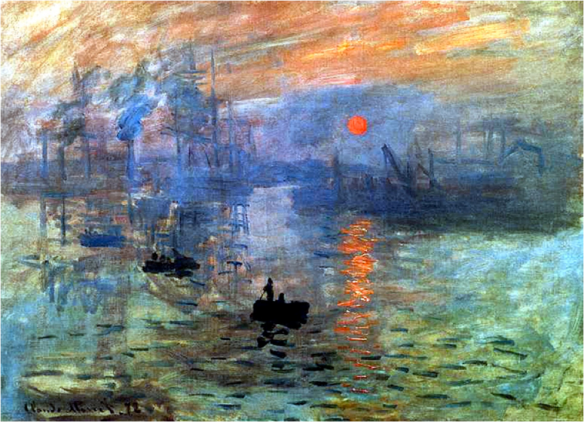What is this painting of? Degas is noted for paintings depicting the ballet.
Why was this painted? Commissioned in 1872 as part of an arrangement between Degas and singer/collector Jean Baptiste Faure. It was completed in 1874.
Is there a story to accompany the painting? It depicts 24 women, ballerinas and their mothers, standing in a line, waiting to be tested
What does this painting mean? A ballerina is executing a move in front of a mirror while the teacher looks on. The teacher is supposed to be Jules Perrot, one of Europe’s best known dancers and ballet masters.
Why is this painting important to the movement? It is set in the rehearsal room of the Paris Opera.
Why is it important to the history of Western art? This is interesting because the building had been burnt to the ground for a year at the time the painting was made.
Did this painting impact history? There is a poster for Rossini’s Guillaume Tell on the wall beside the mirror. This would popularize the opera.
Additional Information:
- There is a window reflected in the mirror, through which it is possible to see the city of Paris. When seen, it becomes clear that this painting is a reflection of the new urban world, which was about performance and leisure.
- The painting is not a self-contained narrative, clear narrative. This violates tradition in art. It is also asymmetrical.
- It was outrageous for its time, as the ballerina’s are doing risqué things. The one on the far left is fixing her tutu, while the one in the foreground on the left is putting her finger in her mouth to bite her nails.
- The viewer is at eye level with the dance master, giving the sense that they are seeing things as he would see them.
- The image appears unchoreographed and unplanned, capturing a fleeting moment. This is a theme in impressionism.



